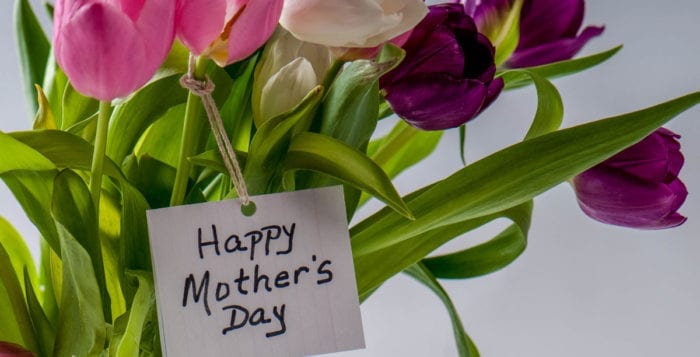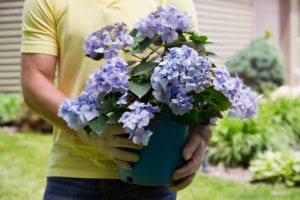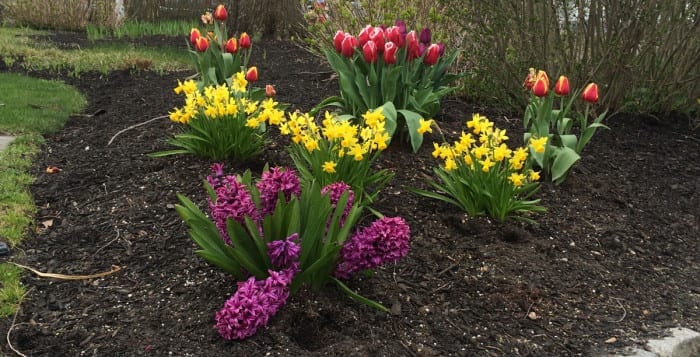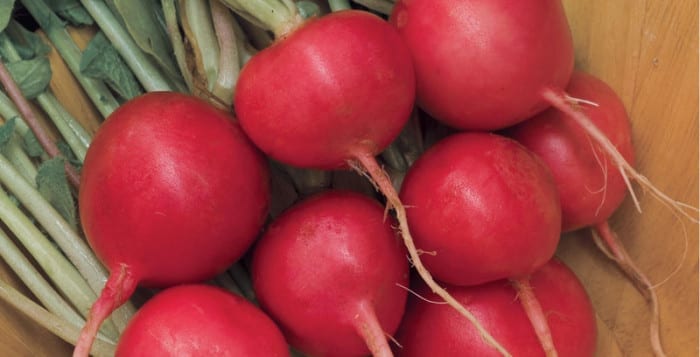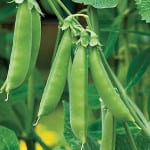By Ellen Barcel
Last week, we took a look at climbing plants in general and specifically annual vines. This week we’ll examine perennial vines, productive vines and vines to avoid.
Perennial vines
I love perennial plants since they’re a plant once and enjoy for many years thereafter plant. Perennial climbing or vining plants include:
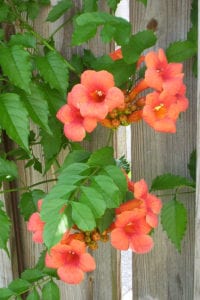
Trumpet vines produce lots of orange colored, trumpet-shaped flowers. It needs little care but can get out of control, so be careful. It’s a vine that does well in some shade. The trumpet shape is a tip-off that it can attract hummingbirds.
Clematis is another vine that does well with some shade. There are several basic varieties, those that bloom in the spring and those that bloom later in the season. Know which one you have since this determines when you are able to prune it back if needed. The rule of thumb to control a plant’s size is to cut it back immediately after a flowering plant blooms, so as not to interfere with next year’s blooming cycle. Clematis are known for their beautiful flowers, making them ideal as decorative plants on a trellis.
Climbing hydrangeas are beautiful plants but can get very large since they grow up as well as sideways. Be prepared to prune it to the desired size and shape. It can take some shade, but the flowers appear where the sun reaches the plant. As a result, you will see lots of greenery closer to the ground and lovely white flowers up near the top. This is an ideal plant for a chimney, for example.
Native wisteria (Wisteria frutescens) is native to the eastern part of the United States. It is much less aggressive and therefore easier to control than Asian wisterias. It’s a perennial, woody plant in the pea family. Like the Asian variety, it has clusters of purple flowers and grows in hardiness zones 5 to 9. In addition to being less aggressive, its flower clusters are smaller and the overall size of the plant is smaller.
Productive vines:
If you have limited space and want your vines to do double duty, consider vines that are productive.
Cucumbers are easy to grow and generally very productive. Plant them where their tendrils can grasp onto something, like a chain-link fence, a trellis or wire support of some sort. They do need plenty of water, so don’t let the plants dry out during times of summer drought. Cucumbers are annuals, so you need to replant them each year.
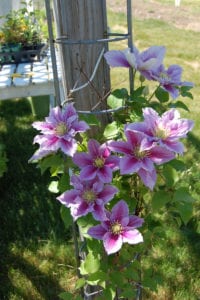
Another productive, and perennial, vine is the grape vine. See my column of March 10 for more detailed information on growing grapes. Make sure you know how you plan to use the grape so you can select the appropriate type (table grapes, jellies, wine, etc.)
Indeterminate tomato vines keep growing throughout the growing season. They keep setting fruit as long as the weather is mild enough and can get to be very large plants. Tomatoes need plenty of sun and are heavy feeders, so make sure you fertilize periodically.
Honeyberry is a vine that produces edible fruit as does the passionflower. I particularly like the unusual purple flowers of the passionflower and would grow the plant for its flowers alone.
Vines to avoid
There are a number of climbers that are not the best to include in your garden. English ivy is one. It takes over. Many years ago I planted a few tiny plants. I’m still pulling out this terribly invasive plant. It seems to have a mind of its own. While a “vine-covered cottage” may seem charming, you will probably regret planting this one. As a result of its nature, English ivy is on the Management List.
Another is the Oriental bittersweet (Celastrus orbiculatus). It volunteered in my garden and, before I realized it, had grown through my stockade fence, breaking it. Once I thought I had removed it, for years later, I found tiny plants springing up where the seeds had dropped. While very pretty, with its red berries that break open to reveal yellow seed pods, it’s a real pain to control. It climbs by wrapping itself around things, like your good trees, strangling them. As a result of its extreme invasive nature it’s on Suffolk County’s Do Not Sell list.
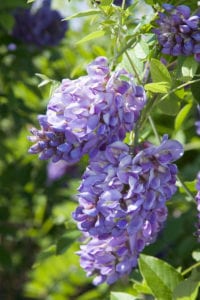
A third vine that is difficult to control is the Oriental (Chinese and Japanese) varieties of wisteria. This one is filled with beautiful purple racimes of flowers, so is very impressive, but, it too, takes over the garden. If you insist on planting it, make sure you are ready with the pruning shears, so you can keep it under control. It’s a quick grower, which needs little care and seems to have no natural enemies (insects or disease wise). It sends out runners along the ground so can go out as well as up. I’ve seen abandoned houses with gardens gone to weed, but the wisteria is still growing beautifully, even attaching itself to power lines. As a result, it too is on Suffolk County’s Management List — technically legal but do you really want to plant it?
Ellen Barcel is a freelance writer and master gardener. To reach Cornell Cooperative Extension and its Master Gardener program, call 631-727-7850.

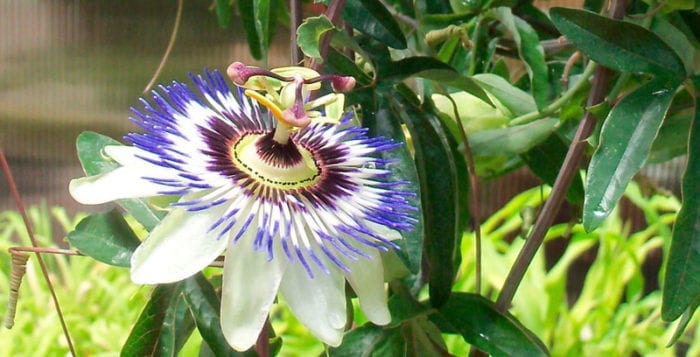
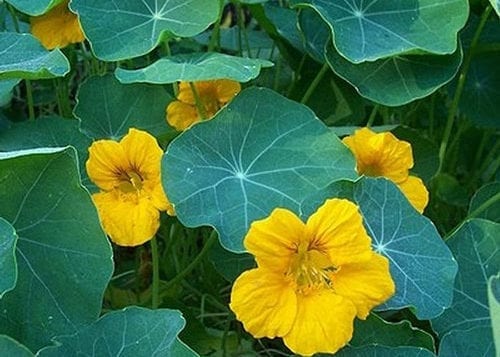
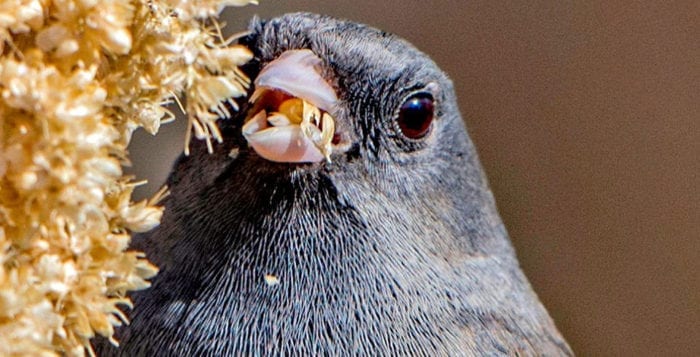

 All of these rituals are reminders of the Jewish people’s exodus from Egypt 3,327 years ago, the birth of the Jewish nation. Our ancestor’s miraculous release from oppression to freedom has served as a source of inspiration for many generations and will do so for many more to come.
All of these rituals are reminders of the Jewish people’s exodus from Egypt 3,327 years ago, the birth of the Jewish nation. Our ancestor’s miraculous release from oppression to freedom has served as a source of inspiration for many generations and will do so for many more to come.
